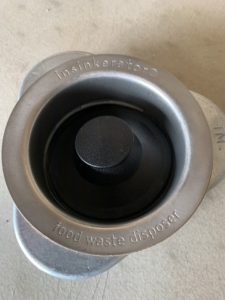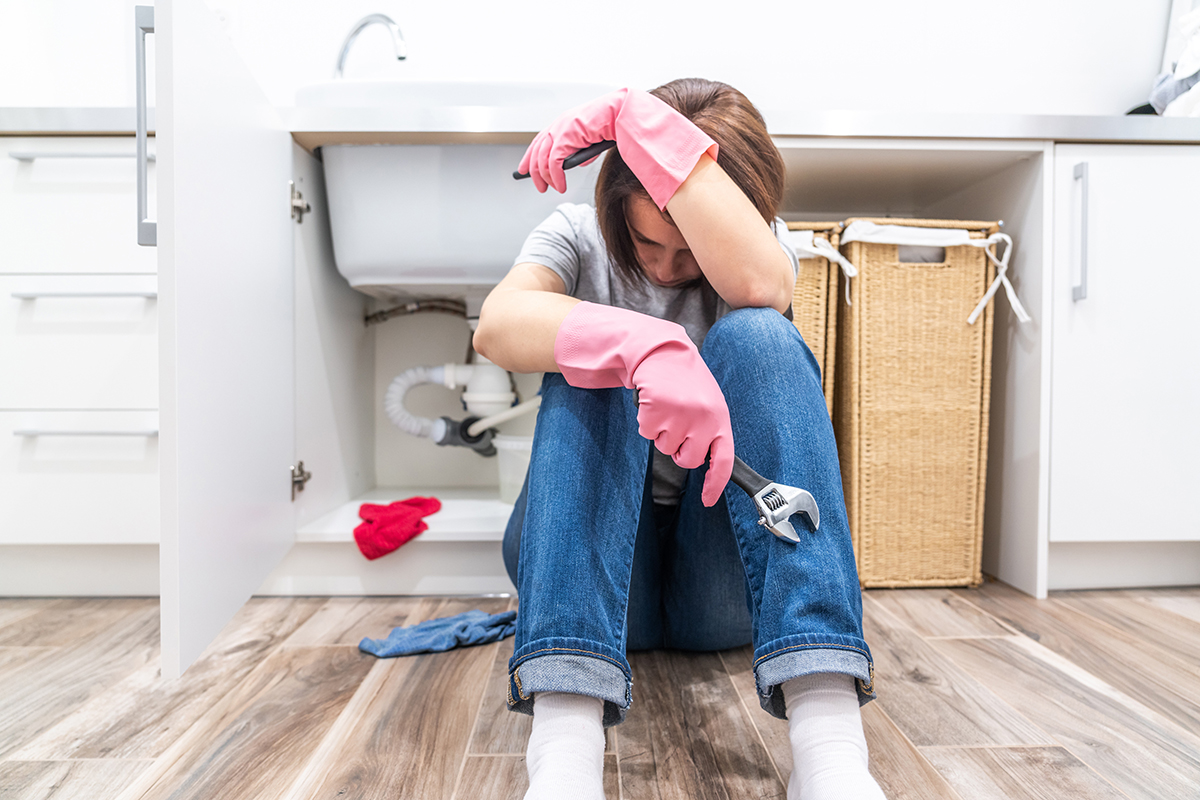Recommended Tips for Fixing a Leaking Waste Disposal Unit
Recommended Tips for Fixing a Leaking Waste Disposal Unit
Blog Article
Have you been trying to find help concerning Why Is ?

Waste disposal unit are essential kitchen area home appliances that assist in taking care of food waste successfully. Nonetheless, a dripping garbage disposal can be an aggravating and untidy trouble to manage. Thankfully, several leaks can be repaired quickly with a few straightforward actions. In this write-up, we will certainly go over just how to deal with a dripping waste disposal unit successfully.
Intro
Waste disposal unit are installed under cooking area sinks and are designed to shred food waste into smaller sized items, allowing it to pass through the plumbing system quickly. While these tools are typically trustworthy, leakages can take place in time due to deterioration, loosened connections, or damage to the device.
Step-by-Step Guide to Fixing a Leaking Waste Disposal Unit
Turn Off the Power
Prior to trying any kind of repair services, guarantee that the power to the waste disposal unit unit is switched off to stop the threat of electrical shock.
Locate the Leakage
Determine the precise area of the leakage and establish the cause
Tighten up Links
Use a wrench to tighten up any type of loose links between the disposal unit and the plumbing system.
Replace Seals or Gaskets
If the leakage results from worn seals or gaskets, get rid of the old parts and replace them with brand-new ones.
Patching Splits or Holes
For fractures or openings in the disposal system, usage epoxy or an ideal patching product to secure the damaged location.
Recognizing the Source of the Leak
Prior to trying to deal with a dripping garbage disposal, it is important to determine the resource of the leak. This can usually be done with aesthetic examination or by carrying out basic examinations.
Visual Inspection
Evaluate the waste disposal unit unit very carefully for any signs of water leakage. Pay close attention to locations around seals, gaskets, and link points.
Checking for Leaks
One means to test for leakages is by running water with the disposal device and looking for any kind of visible signs of leakage.
Common Causes of Leakages in Rubbish Disposals
Worn Seals and Gaskets
Seals and gaskets play a vital role in stopping water from leaking out of the garbage disposal. In time, these parts can weaken, bring about leakages around the disposal unit.
Loose Connections
The connections in between the waste disposal unit and the plumbing system can become loose with time, triggering water to leakage out during procedure.
Fractures or Holes in the Disposal Unit
Physical damage to the waste disposal unit, such as fractures or openings in the housing, can additionally cause leaks.
Tools and Products Needed for Taking Care Of a Leaking Waste Disposal Unit
Prior to beginning the repair process, gather the required devices and materials, consisting of a screwdriver, flexible wrench, plumbing professional's putty, substitute seals or gaskets, and epoxy or patching product for fixing cracks or openings.
Testing the Garbage Disposal After Fixing
Once the repair is complete, examine the waste disposal unit by running water via it to guarantee that the leakage has been solved.
Preventive Maintenance Tips to Prevent Future Leakages
To stop future leaks, it is necessary to execute normal maintenance on your waste disposal unit. This consists of maintaining it clean, preventing putting non-food things or tough items down the disposal, and regularly checking for leaks or other concerns.
Verdict
In conclusion, taking care of a dripping garbage disposal is a reasonably uncomplicated procedure that can be finished with basic tools and products. By adhering to the actions described in this article and practicing preventive upkeep, you can maintain your garbage disposal in good working condition and stay clear of expensive repair work in the future.
What to Do About a Leaking Garbage Disposal
A leaking garbage disposal often goes unnoticed until you confront a sopping cabinet, a foul-smelling puddle, or an audible drip-drip-drip from the unit. The fix can be frustrating, too, because the leak can stem from a number of components in the system. Fortunately, with a little sleuthing, you can zero in on the leak and—depending on the exact location—stop the icky oozing and repair the component that caused it. Worst case scenario, if it turns out that the garbage disposal must be replaced, installing a new one is a reasonable do-it-yourself task for those with basic plumbing skills. Read on to keep the cash you’d otherwise hand over to a pro.
Prepare to find the leak
Prior to testing the garbage disposal for leaks, unplug it at the wall outlet and turn off the power from the breaker box to prevent electrical shock. Then insert a watertight sink stopper into your sink drain and wipe the unit dry with a clean cloth. In any handy container, mix a few drops of food coloring into a few cups of water, and pour the dyed water onto the sink stopper to help you locate the leak.
Investigate the source
the top, where the disposal meets the sink drain the side, where the dishwasher hose or main drain pipe connects to the disposal or the bottom of the unit Inspect each of these locations while gliding a light-colored rag over the unit; the dyed water will readily show on the rag and reveal the location of the leak. If a leak isn’t immediately apparent, remove the sink stopper and pour a few more cups of dyed water down the sink drain, then check for leaks again. Leaks near the top of the unit are more likely to show themselves while the sink is plugged, while side and bottom leaks are more noticeable while the sink is unplugged.
The metal sink flange that sits directly inside the sink drain is typically sealed around the top with plumber’s putty (a clay-like sealant) and then secured from under the sink with bolts. If the plumber’s putty deteriorates, or the bolts loosen, the flange can no longer form a watertight seal between the sink drain and the disposal—which could cause a leak at the top of the unit.
To reseal the leaky flange, you must first detach the garbage disposal. Start by loosening the screws securing the main drain pipe to the disposal, then loosen the screws in the metal clamp securing the dishwasher hose to the disposal and detach the drain pipe and dishwasher hose from the disposal. Loosen the screws in the mounting ring that connects the disposal to the metal mounting assembly beneath the sink, then pull down the disposal and carefully set it on a clean, dry surface. Loosen the bolts in the mounting assembly with a wrench, then pull down the mounting assembly and set it near the disposal.

We had been made aware of that editorial about The Handy Guide To Fixing Your Garbage Disposal Leaking from a friend on our other web blog. Do you know about someone else who is interested in Why Is ? Why not promote it. I love reading our article about Garbage Disposal Leaking From Bottom.
Click Here Report this page